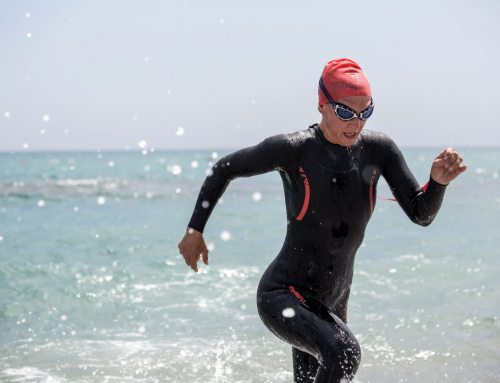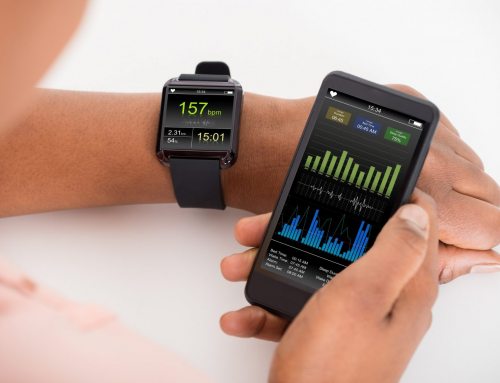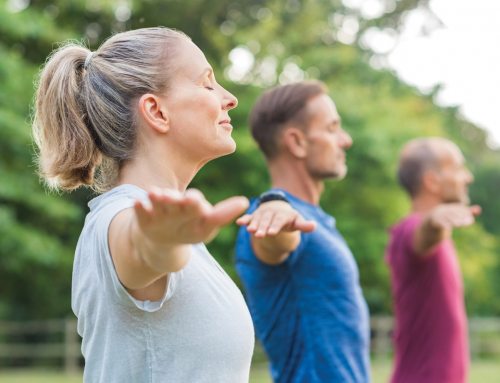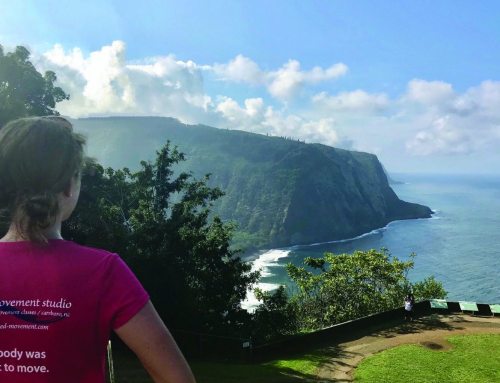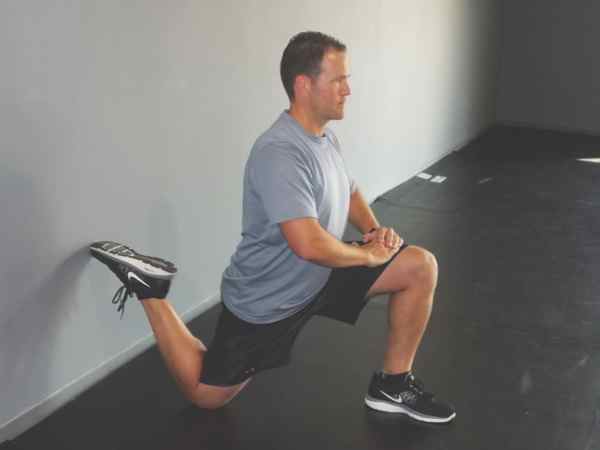
By Brian Schiff
Hip tightness and limited mobility is a common problem I see in cyclists. The primary muscle group that affects performance and negatively impacts form and mechanics is the hip flexors.
Most of us sit at a computer for extended periods of time in our jobs. How many of us sit up tall all day long? Inevitably, this prolonged posture lends itself to adaptive shortening of the hip flexor musculature. Adding high mileage on the bike week after week can compound the issue of diminished soft tissue extensibility.
The muscles most affected by periods of prolonged hip flexion are quadriceps (specifically the rectus femoris), psoas major, and iliacus.
The psoas is active when the hip is flexed more than 90 degrees. Cycling achieves such angles many times throughout the ride. Excessive hip tightness will contribute to an increased anterior pelvic tilt and potentially excess shear force on the lumbar spine, poor posture due to muscle imbalance and fatigue, shortened back extensor muscles, and stretched hip extensor muscles.
In addition to tightness in these muscles, it is also common to see some weakness, particularly in the psoas muscle. Use the following exercises to address both issues by restoring strength and mobility for optimal performance and injury prevention.
- Psoas release – This technique is often unpleasant and can be done manually by your massage therapist or physical therapist, but you can also make headway at home using this self-mobilization technique. Place a small firm ball (I prefer the one made by TP Therapy) between your abdomen and the floor. For proper release, the ball should be positioned about halfway between the belly button and hip bone.
To perform the manipulation, take a deep breath in and slowly elevate your body into a “cobra” type position while resting the bodyweight on the hands. Hold the position while taking several deep breaths (this will generally feel uncomfortable when tightness is present). Return to the floor and lie flat. Next, rise back up and rest on your forearms/elbows while slowly pulling yourself forward to deepen the pressure as tolerated. For the deepest pressure, you can elect to lift the leg up on the same side of the body. - Rectus femoris wall stretch – Begin in a half-kneeling position and place the foot of the trail leg up against the wall, slowly raising it to a comfortable height. Next, slowly shift weight forward onto the front leg while moving the trunk into a more upright or extended position. Hold for 20-30 seconds and repeat twice.
- Half-kneeling hip flexor stretch with rotation – Begin in half-kneeling and shift all your weight onto the front leg as you simultaneously extend the spine, posteriorly tilt the pelvis, and rotate toward the side of the front leg to achieve a stretch in the “front pocket” of the down hip. Hold 20-30 seconds and repeat twice.
- Standing hip lifts – Stand on one leg and lift the other knee above 90 degrees (through full range of motion with knee bent to 90 degrees) and hold at the top position for at least 2-3 seconds. Repeat 10 times and perform two sets on each leg. This exercise will help strengthen the psoas as well as improve contralateral hip stability.
Using these exercises consistently will help improve hip mobility and strength, while reducing muscle imbalances and postural dysfunction. Keep in mind that stretching should not reproduce joint pain. If kneeling is uncomfortable, the half-kneeling stretches can be done in a standing position as well.


